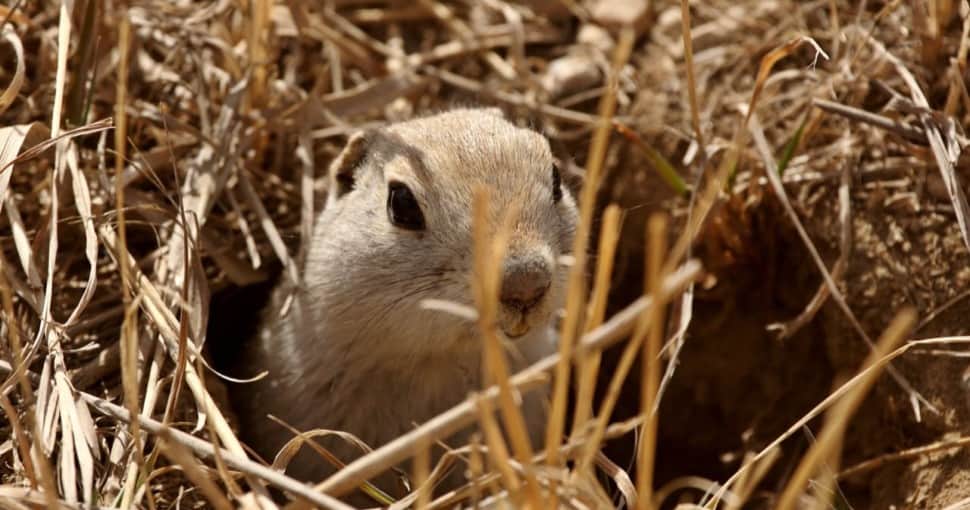Gophers can cause severe damage to trees. These potential garden pests are promiscuous in their eating habits and don’t have a specific preference for particular tree species. Fortunately, there are types of trees that are more resistant to gopher problems than others.
Contents
Certain tree species and cultivars are rarely targeted by gophers, though no tree varieties are scientifically proven to have complete resistance or immunity to gopher damage. Essential oils in tree roots may be one reason for gopher resistance.
The resistance of trees to herbivory by gophers and other mammals is under-researched. A prevailing hypothesis is that some trees exhibit resistance to gopher damage because their roots produce essential oils with terpene profiles that gophers find unpalatable. Let’s briefly consider some of these gopher-resistant trees in more detail.
Selecting trees that are gopher resistant is challenging, given the limited scientific research on the topic. Here is a list of five tree varieties known in practice to be largely unaffected by gopher damage.
1. Strawberry Tree
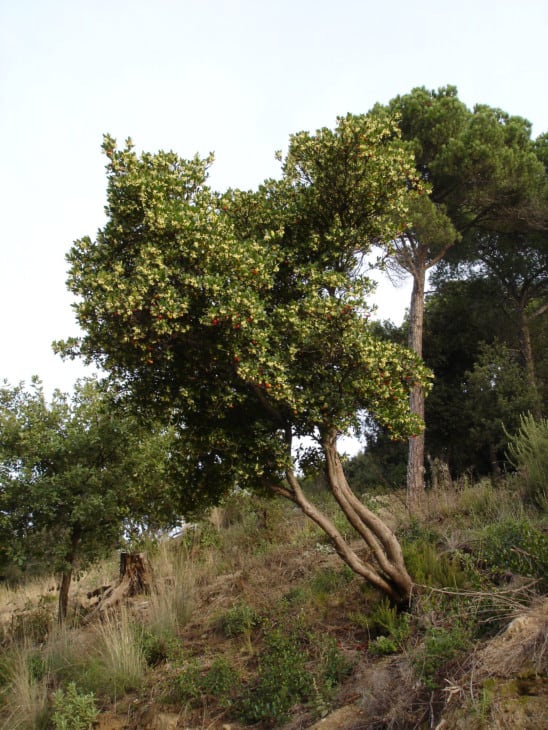
The strawberry tree (Arbutus unedo) is a pretty evergreen tree that generally does not experience gopher problems. Strawberry trees are small trees that grow to a height of 8ft to 15ft, with broad, sculptural canopies that are 8ft to 20ft wide. They are used widely as shade and specimen trees.
Strawberry trees have dense, dark green foliage. The leaves are oval, with serrated margins. Strawberry tree bark is dark brown with red undertones and a deeply furrowed texture. Strawberry trees produce pinkish-white flowers and round, spiky edible fruits that birds enjoy eating.
Strawberry trees thrive in full sun but will also grow in partial shade. They adapt well to clay, sand, and loam soils. Strawberry trees tolerate soil that is slightly alkaline or acidic. They are resilient to brief periods of drought and don’t have any serious insect or mammalian pest problems.
2. Coastal Redwood
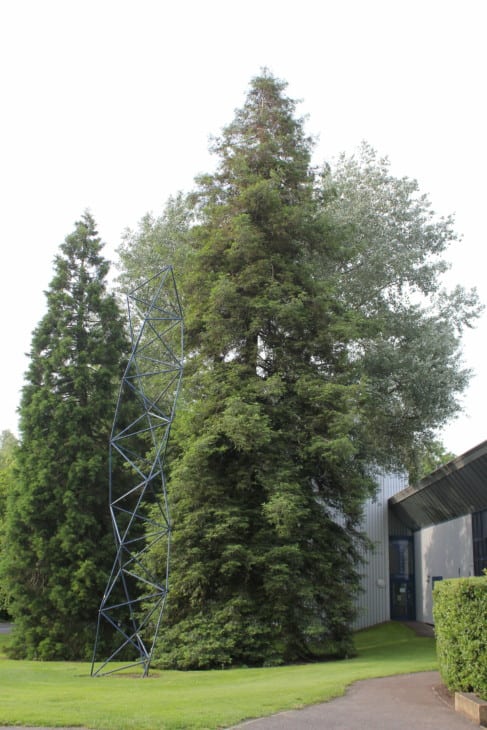
The coastal redwood (Sequoia sempervirens) is an iconic conifer tree that does not encounter gopher problems. Coastal redwoods are endemic to California. They are large trees with single trunks, and they grow to an average height of 100ft to 150ft (after 50 years), with a pyramidal canopy.
The foliage of coastal redwoods is typical of conifer tree species. Coastal redwoods have light green, needle-shaped leaves that are slightly flat. Coastal redwood bark is reddish-brown and furrowed. In winter, the trees produce tiny, white, ball-shaped seed cones at the tips of their branches. The cones closely resemble flowers.
Despite their potentially large size, coastal redwoods are used widely as ornamental trees in landscaping. They do, of course, need adequate space to grow. Coastal redwoods prefer humid environments and require moist, humus-rich soil. Though coastal redwoods occur naturally in coastal areas, they don’t tolerate direct exposure to strong, salt-laden winds.
3. Shore Pine
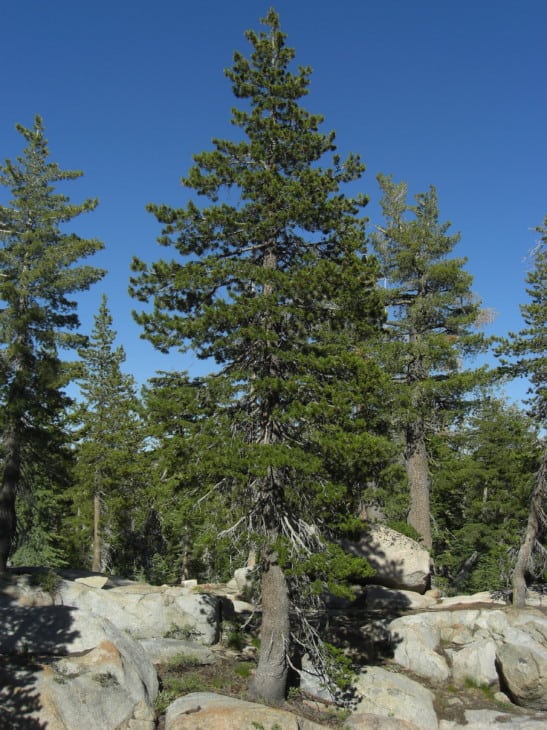
The shore pine (Pinus contorta) is a hardy conifer subspecies that is not commonly affected by gophers. Shore pine trees are native to North America and grow 40ft to 50ft high. They have a scraggly, asymmetrical canopy that is visually interesting and unique to each specimen.
Shore pines have evergreen foliage with flattened, partially twisted needle-like leaves. The bark of this pine subspecies is brown with reddish-gray undertones and has a rough, furrowed texture. Miniature flowers develop at the branch tips, with the red female flowers transforming into small cones shaped like eggs.
Shore pines are very low-maintenance trees that grow well in a residential or commercial landscape setting. They prefer drier climates and soils but are highly adaptable to most growing conditions. Shore pine trees handle cold temperatures well and tolerate strong, salty coastal winds.
4. Monterey Cypress
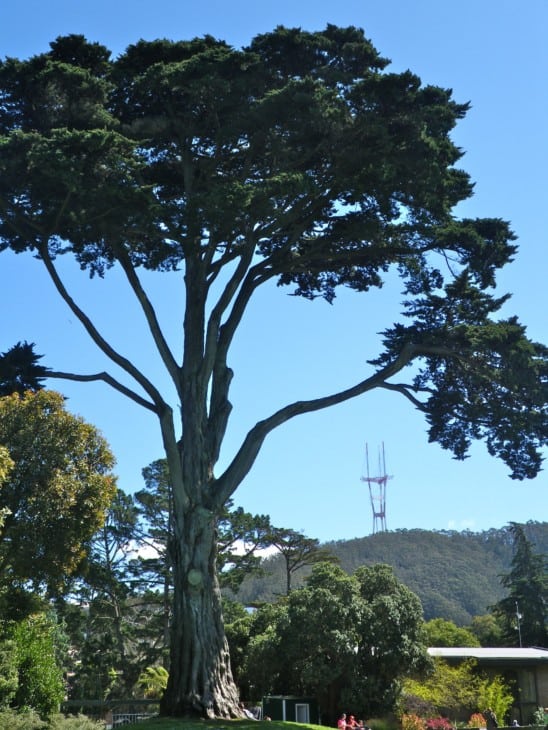
Monterey Cypress (Hesperocyparis macrocarpa) is native to the US west coast. Anecdotal evidence suggests that Monterey cypress is resistant to gophers. Monterey cypress trees have high ornamental value. They grow 40ft to 70ft tall, with sculptural, irregular canopies 30ft to 40ft wide.
Monterey cypress leaves are light green and resemble reptilian scales arranged along the branches. The bark of Monterey cypress is light gray and brown, with deep furrows. The trees produce small, yellow flowers that develop into round seed cones.
Monterey cypress trees are hardy and grow vigorously in a range of soil conditions, though they are sensitive to excessive humidity and heat. They tolerate occasional droughts and exposure to high levels of wind and salt. Monterey cypresses are also resistant to herbivory by deer.
5. White Spruce
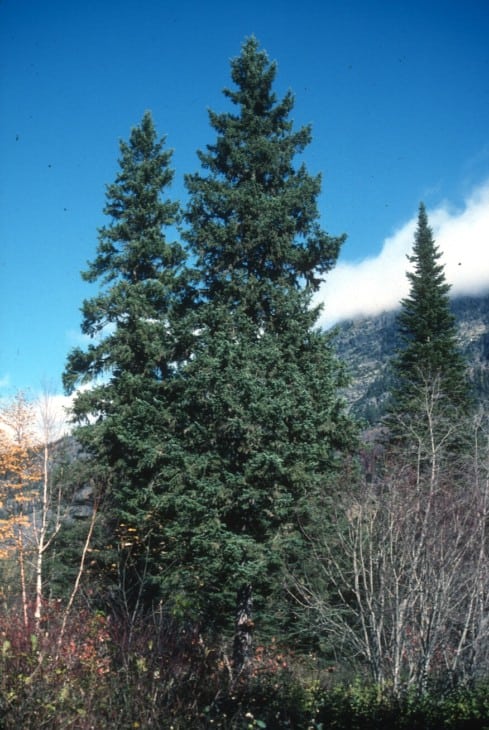
White Spruce (Picea glauca) is an attractive tree species. It is native to the US and Canada. White spruce is resistant to herbivory by mammals such as deer and is unlikely to be damaged by gophers. White spruce trees can grow up to 100ft tall and form a symmetrical, pyramidal crown.
The foliage of white spruce trees is particularly dense and often grows low to the ground. The leaves are blueish-green and needle-shaped, with four sides. White spruce trees have light gray and brown, roughly textured bark with considerable aesthetic appeal. The trees produce pretty seed cones that are green with shades of purple.
White spruce are hardy trees with low maintenance requirements and adapt to a wide diversity of soil conditions. They prefer cooler climates, and don’t tolerate high levels of heat or humidity. White spruce are mostly unaffected by gopher damage, perhaps because their leaves smell like cat urine or skunk spray.
What If You Have Gopher Problems In Your Garden?
There are if their presence is detected in the garden. Some of the most common gopher eradication methods include repellents that contain compounds like castor oil and predator urine. These repellents can be effective, but gophers often move to a different part of the garden rather than leaving the area entirely.
Many ways to eradicate gophers
Trapping gophers is the most effective means of eradicating this garden pest. The fact that gophers are solitary makes the job much easier because there is usually only one gopher to catch. Live traps are the most humane option.
Traps designed specifically for gophers are available, but most live rodent traps also work well. The process involves placing baited traps inside the gopher tunnels close to their crescent-shaped soil mounds. The traps get monitored regularly, and protective clothing should be worn when handling and releasing the gopher.

